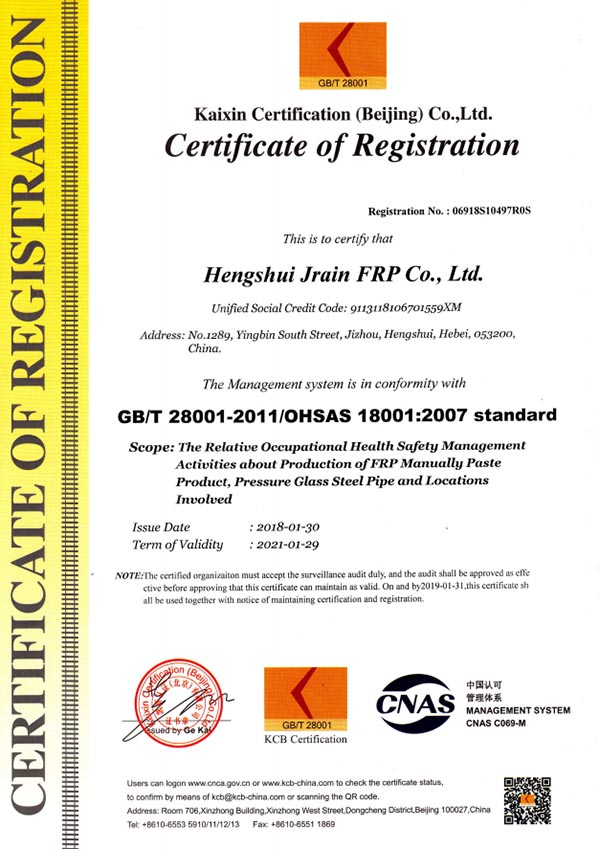
-
 Afrikaans
Afrikaans -
 Albanian
Albanian -
 Amharic
Amharic -
 Arabic
Arabic -
 Armenian
Armenian -
 Azerbaijani
Azerbaijani -
 Basque
Basque -
 Belarusian
Belarusian -
 Bengali
Bengali -
 Bosnian
Bosnian -
 Bulgarian
Bulgarian -
 Catalan
Catalan -
 Cebuano
Cebuano -
 China
China -
 China (Taiwan)
China (Taiwan) -
 Corsican
Corsican -
 Croatian
Croatian -
 Czech
Czech -
 Danish
Danish -
 Dutch
Dutch -
 English
English -
 Esperanto
Esperanto -
 Estonian
Estonian -
 Finnish
Finnish -
 French
French -
 Frisian
Frisian -
 Galician
Galician -
 Georgian
Georgian -
 German
German -
 Greek
Greek -
 Gujarati
Gujarati -
 Haitian Creole
Haitian Creole -
 hausa
hausa -
 hawaiian
hawaiian -
 Hebrew
Hebrew -
 Hindi
Hindi -
 Miao
Miao -
 Hungarian
Hungarian -
 Icelandic
Icelandic -
 igbo
igbo -
 Indonesian
Indonesian -
 irish
irish -
 Italian
Italian -
 Japanese
Japanese -
 Javanese
Javanese -
 Kannada
Kannada -
 kazakh
kazakh -
 Khmer
Khmer -
 Rwandese
Rwandese -
 Korean
Korean -
 Kurdish
Kurdish -
 Kyrgyz
Kyrgyz -
 Lao
Lao -
 Latin
Latin -
 Latvian
Latvian -
 Lithuanian
Lithuanian -
 Luxembourgish
Luxembourgish -
 Macedonian
Macedonian -
 Malgashi
Malgashi -
 Malay
Malay -
 Malayalam
Malayalam -
 Maltese
Maltese -
 Maori
Maori -
 Marathi
Marathi -
 Mongolian
Mongolian -
 Myanmar
Myanmar -
 Nepali
Nepali -
 Norwegian
Norwegian -
 Norwegian
Norwegian -
 Occitan
Occitan -
 Pashto
Pashto -
 Persian
Persian -
 Polish
Polish -
 Portuguese
Portuguese -
 Punjabi
Punjabi -
 Romanian
Romanian -
 Russian
Russian -
 Samoan
Samoan -
 Scottish Gaelic
Scottish Gaelic -
 Serbian
Serbian -
 Sesotho
Sesotho -
 Shona
Shona -
 Sindhi
Sindhi -
 Sinhala
Sinhala -
 Slovak
Slovak -
 Slovenian
Slovenian -
 Somali
Somali -
 Spanish
Spanish -
 Sundanese
Sundanese -
 Swahili
Swahili -
 Swedish
Swedish -
 Tagalog
Tagalog -
 Tajik
Tajik -
 Tamil
Tamil -
 Tatar
Tatar -
 Telugu
Telugu -
 Thai
Thai -
 Turkish
Turkish -
 Turkmen
Turkmen -
 Ukrainian
Ukrainian -
 Urdu
Urdu -
 Uighur
Uighur -
 Uzbek
Uzbek -
 Vietnamese
Vietnamese -
 Welsh
Welsh -
 Bantu
Bantu -
 Yiddish
Yiddish -
 Yoruba
Yoruba -
 Zulu
Zulu
Exploring the Innovations in Frp Technology for Modern Vehicles
Exploring the FRP Car The Future of Automotive Innovation
In the ever-evolving landscape of automotive technology, the use of Fiber Reinforced Plastic (FRP) is becoming increasingly significant. As manufacturers strive to enhance vehicle performance while reducing environmental impact, FRP cars are heralded as a promising avenue for innovation. This article delves into the concept of FRP cars, their advantages, and the challenges ahead.
What is FRP?
Fiber Reinforced Plastic, commonly known as FRP, is a composite material made by combining a polymer matrix with a reinforcement material, typically glass or carbon fibers. This combination results in a material that is both lightweight and strong, making it an ideal choice for various applications, particularly in the automotive industry.
Advantages of FRP Cars
1. Weight Reduction One of the most significant benefits of using FRP in vehicle manufacturing is the substantial reduction in weight compared to traditional materials like steel or aluminum. Lighter vehicles generally require less energy to operate, leading to improved fuel efficiency and reduced emissions. For electric vehicles (EVs), this weight reduction translates to enhanced range and performance.
2. Corrosion Resistance FRP is highly resistant to corrosion, which is a critical advantage in automotive applications. Traditional metals can suffer from rust and degradation over time, especially in harsh environments. FRP, on the other hand, can withstand moisture, chemicals, and other environmental factors, leading to a longer lifespan with less maintenance required.
3. Design Flexibility The manufacturing process of FRP allows for greater design flexibility. Complex shapes and structures can be achieved more easily than with traditional materials. This opens up opportunities for innovative designs that can improve aerodynamics and aesthetics, giving manufacturers the chance to create unique vehicles that stand out in a crowded market.
4. Improved Safety FRP materials can also enhance vehicle safety. In the event of a collision, FRP is capable of absorbing energy better than many traditional materials, which can help protect passengers. Additionally, advancements in engineering have allowed for the creation of FRP components that can further enhance the structural integrity of a vehicle.
frp car

Challenges and Considerations
Despite the numerous advantages, the transition to FRP cars is not without its challenges.
1. Cost of Production The initial costs associated with producing FRP components can be higher compared to metals. The specialized manufacturing processes and materials required often lead to increased production expenses. However, as technology advances and production methods improve, these costs are expected to decrease.
2. Recycling Concerns As the automotive industry moves towards sustainability, recycling FRP remains a significant challenge. Unlike metals, which can be recycled easily, FRP composite structures are more complex to recycle. The development of recycling technologies for FRP is essential to minimize ecological impacts and support a circular economy.
3. Market Acceptance Many consumers and manufacturers are still accustomed to traditional materials, which can impede the acceptance of FRP cars. Education and awareness regarding the benefits of FRP are crucial for gaining consumer confidence and fostering a shift towards more innovative automotive solutions.
The Road Ahead
The potential of FRP in vehicles is immense, and as technology advances, the use of these materials is likely to become more prevalent. Automakers are already exploring the integration of FRP in various segments, including high-performance sports cars, electric vehicles, and even mass-market vehicles. Collaborative efforts between manufacturers, material scientists, and environmentalists will be key in addressing the challenges while maximizing the benefits.
In conclusion, FRP cars signify a significant step forward in the quest for greener, safer, and more efficient vehicles. As we move towards a future that prioritizes sustainability and innovation, the adoption of Fiber Reinforced Plastic in automotive designs may very well lead the way. The journey is still in its early stages, but the promise of FRP in transforming the automotive industry is undeniable.









